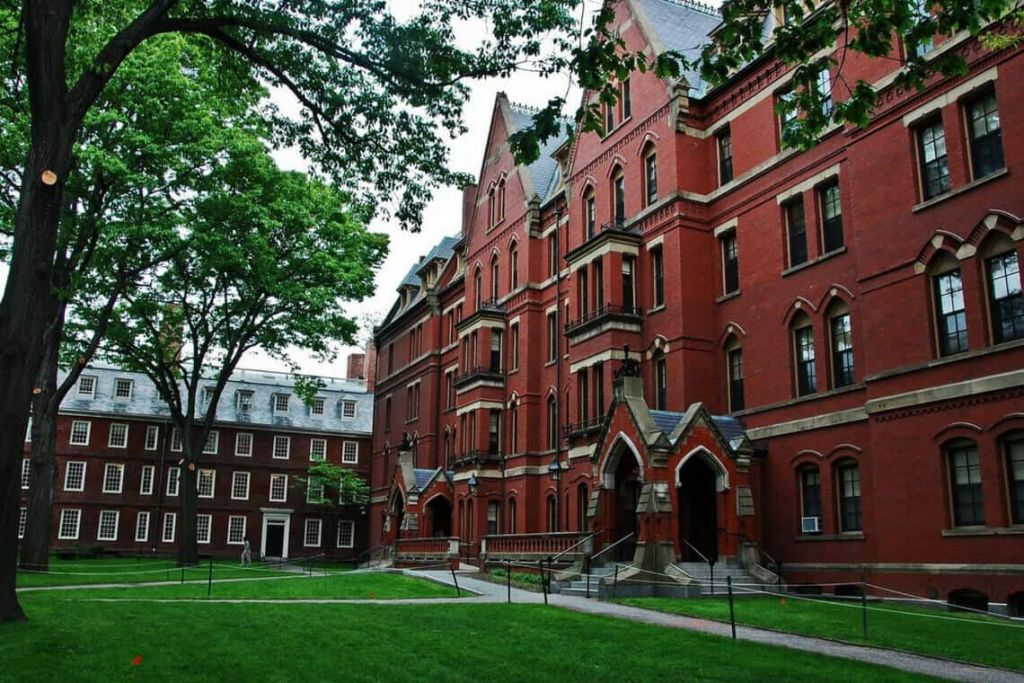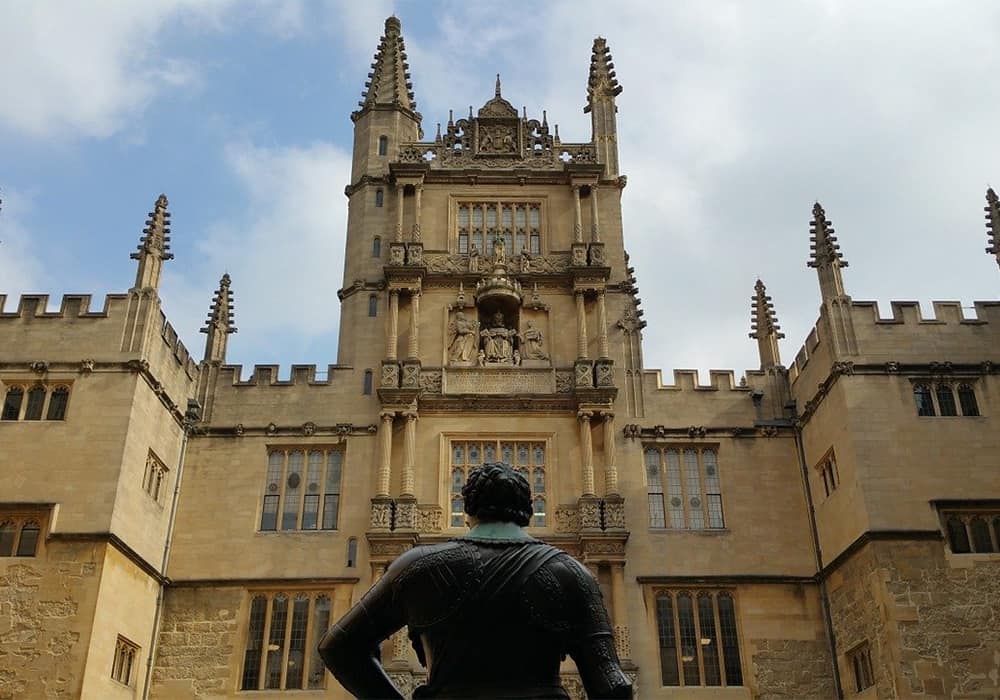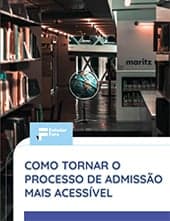O Graduate Management Admission Test, ou simplesmente GMAT, é a prova de admissão exigida pela maior parte das escolas de negócios dos Estados Unidos e da Europa. Mais de 1.500 programas de MBA em mais de 80 países utilizam as notas do GMAT no processo de seleção de alunos, que também leva em consideração exame de proficência em inglês (TOEFL ou IELTS), currículo escolar e profissional, cartas de recomendação e redações (essays).
Além de ser a prova mais comum para cursos de MBA, o GMAT também é válido para alguns mestrados em Finanças, Políticas Públicas, Relações Internacionais, dentre outras áreas. O candidato que quer uma vaga em uma escola top, precisa se preparar: “É preciso estudar, em média, de quatro a cinco meses para conquistar uma nota competitiva. A minha recomendação é nunca enfrentar o GMAT de peito aberto, mesmo que você seja bom em inglês e matemática, porque é necessário conhecer a estrutura do teste e suas pegadinhas”, explica Ricardo Betti, da MBA empresarial, que é especialista na preparação de candidatos para pós fora.
Veja, a seguir, alguns modelos de questões para você se preparar.
Compreensão de texto (reading comprehension)
“Urodeles,” a class of vertebrates that includes newts and salamanders, have the enviable ability to regenerate arms, legs, tails, heart muscle, jaws, spinal cords, and other organs. “Planaria,” simple worms, can be sliced and diced in hundreds of pieces, with each piece giving rise to a completely new animal. However, while both “urodeles” and “planaria” have the capacity to regenerate, they use different means to accomplish this feat.
In effect, a “urodeles” specimen turns back the biological clock. First, the animal heals the wound at the site of the missing limb. Then various specialized cells at the site, such as bone, skin, and blood cells, lose their identity and revert to cells as unspecialized as those in the embryonic limb bud. This process is called dedifferentiation, and the resulting blastema, a mass of unspecialized cells, proliferates rapidly to form a limb bud. Ultimately, when the new limb takes shape, the cells take on the specialized roles they had previously cast off.
In contrast, “planaria” regenerate using cells called neoblasts. Scattered within the planarian body, these neoblasts remain in an unspecialized, stem-cell state, which enables them at need to differentiate into any cell type. Whenever “planari”a are cut, the neoblasts migrate to the site and form a blastema by themselves. It is interesting to note that this mechanism is similar to that following reproductive fission in these animals, and that species incapable of this form of asexual reproduction have poorly developed regenerative capacities.
1. The primary purpose of the passage is to:
(A) describe the roles of blastemas in regenerating “urodeles” and “planaria.” (B) describe how “urodeles” use the process of dedifferentiation to regenerate. (C) contrast the mechanisms by which “urodeles” and “planaria” accomplish regeneration. (D) show how methods of cellular regeneration have evolved in different animal species. (E) explain the link between reproductive fission and regeneration in simple worms.
Resposta: (C). A última frase do primeiro parágrafo deixa o tema em evidência. Os parágrafos que o sucedem dão detalhes relevantes, mas o contraste entre os mecanismos de regeneração de “urodeles” e “planaria” é evidente no texto.
2. All of the following are true of dedifferentiation in regenerating “urodeles” EXCEPT:
(A) the cells recover their specialized roles after the limb bud takes shape. (B) it involves a regression by cells to an earlier stage of development. (C) specialized cells migrate to the site of the blastema and proliferate rapidly. (D) the healing of the wound at the site of the injury is the first step of the process. (E) dedifferentiation is characterized by a loss, and then recovery, of cellular identity.
Resposta: (C). Como explicado no segundo parágrafo, as células especializadas “perdem sua identidade e se revertem” para se tornar células não especializadas, formando um blastema. Apenas após isto elas se proliferam; então é incorreto dizer que as “células especializadas… proliferam-se rapidamente, como sugerido no item C.
Correção de frases (sentence corrections)
3. In the years after he left the White House, Richard Nixon strove to burnish his image for history more assiduously than did any former president.
(A) more assiduously than did any former president. (B) more assiduously than any other former president. (C) with an assiduousness unmatched by any former president. (D) with more assiduousness than did any other former president. (E) more assiduously in comparison to any former president.
Resposta: (B). Desde que Nixon deixou a presidência, ele tentou de tudo para entrar na história, mais do que qualquer outro ex-presidente. Portanto, a palavra “outro” é essencial para fazer a comparação lógica e corrigir a frase.
Raciocínio Crítico (critical reasoning)
4. When the state of Tennessee passed a law prohibiting the teaching of the theory of evolution in its public schools, leaders of the American Civil Liberties Union (ACLU) persuaded John T. Scopes, a teacher in Dayton, Tennessee, to teach evolution in his classroom in order to test the law in court. However, because Scopes did not break the law on his own initiative, he should never have been brought to trial.
Which of the following is an assumption underlying the conclusion of the passage above?
(A) Those who commit crimes at the suggestion of others should not be held responsible for their actions. (B) Both Scopes and the ACLU leaders should have been tried for breaking the law. (C) The ACLU leaders, rather than Scopes, should have been brought to trial. (D) Groups like the ACLU should not encourage criminal activities as a means of testing laws. (E) Tennessee did not have the right to make the teaching of evolution a crime.
Resposta: (A). Releia a última frase do trecho acima. O autor sustenta que Scopes não deveria ser julgado por seu “crime” porque “ele não violou a lei intencionalmente”, mas a mando de outrem. Ou seja, a pessoa que comete um crime a mando de terceiro não deve responder por este crime.
Múltipla escolha de matemática (math multiple-choice)
5. For which nis the remainder largest when the number 817,380 is divided by n?
(A) 4 (B) 5 (C) 6 (D) 8 (E) 9
Resposta: (D). 817,380 é divisível por todos os números da lista exceto o 8. Portanto, o 8 deve ter a maior parte restante porque é o único que não dá zero. Veja que 7,380 é divisível por 5 porque termina em 0. Também é divisível por 2 porque é par e por 4 porque 80 é divisível por 4. No entanto, não é divisível por 8 porque 380 não é divisível por 8. Além disso, a soma de seus dígitos é 27, que é divisível por 3 e por 9. Por ser divisível por 2 e 3, também é divisível por 6.
Leia também:
Entenda o processo de seleção para pós-graduação no exterior
Personal statement: a chave do processo de seleção para pós fora
Os 100 melhores MBAs do mundo













